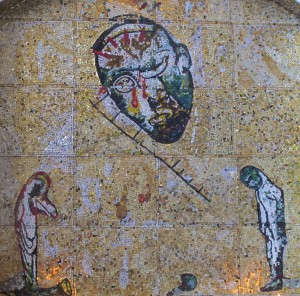 The Neurobiology of Shame
The Neurobiology of Shame
The role of shame in traumatic experience
Shame as an animal defence survival response
Effects of shame on autonomic arousal
Why shame is so treatment-resistant
Shame’s Evolutionary Purpose
Shame and the attachment system
Rupture and repair in attachment formation
What happens to shame without interpersonal repair
Making Meaning of Shame
Feelings of disgust, degradation, and humiliation are interpreted as “who I am”
Cognitive schemas that exacerbate shame
Internal working models predict the future and determine our actions
Working from the “Bottom Up”
Sensorimotor Psychotherapy: physiological state as the entry point for treatment
The role of procedural learning and memory
Physiological effects of mindful dual awareness
Regulating shame states with somatic interventions
Using mindfulness-based techniques to inhibit self-judgment
Using Sensorimotor Psychotherapy techniques to shift shame states
Cognitive-Behavioural Interventions to Shift Physiological State
Cognition and the body
Resourcing versus de-resourcing thoughts
Differentiating thoughts, feelings, and body sensations
A New Relationship to the Shame: Acceptance and Compassion
Re-contextualizing shame as a younger self or part
Dual awareness of who we are now and who we were then
Getting to know our “selves”
Bringing our adult capacity to our childhood vulnerability
Healing shame through compassionate acceptance
The Social Engagement System and the Healing of Shame
Social engagement and the ventral vagal system (Porges)
The incompatibility of shame and social engagement
The therapist’s own social engagement system as a healing agent
Learning Objectives
Using lecture, videos of sessions and experiential exercises, participants will learn to:
- understand and identify the neurobiological components of shame
- help clients and patients appreciate the role of shame and self-loathing as a symptom of trauma and an essential aspect of their survival strategy
- appreciate the role of negative cognitive schemas in perpetuating shame and apply interventions to transform those schemas
- use techniques to resolve the neurobiological patterns of shame
- help clients decrease fear of positive affect and increase their tolerance for positive affect

